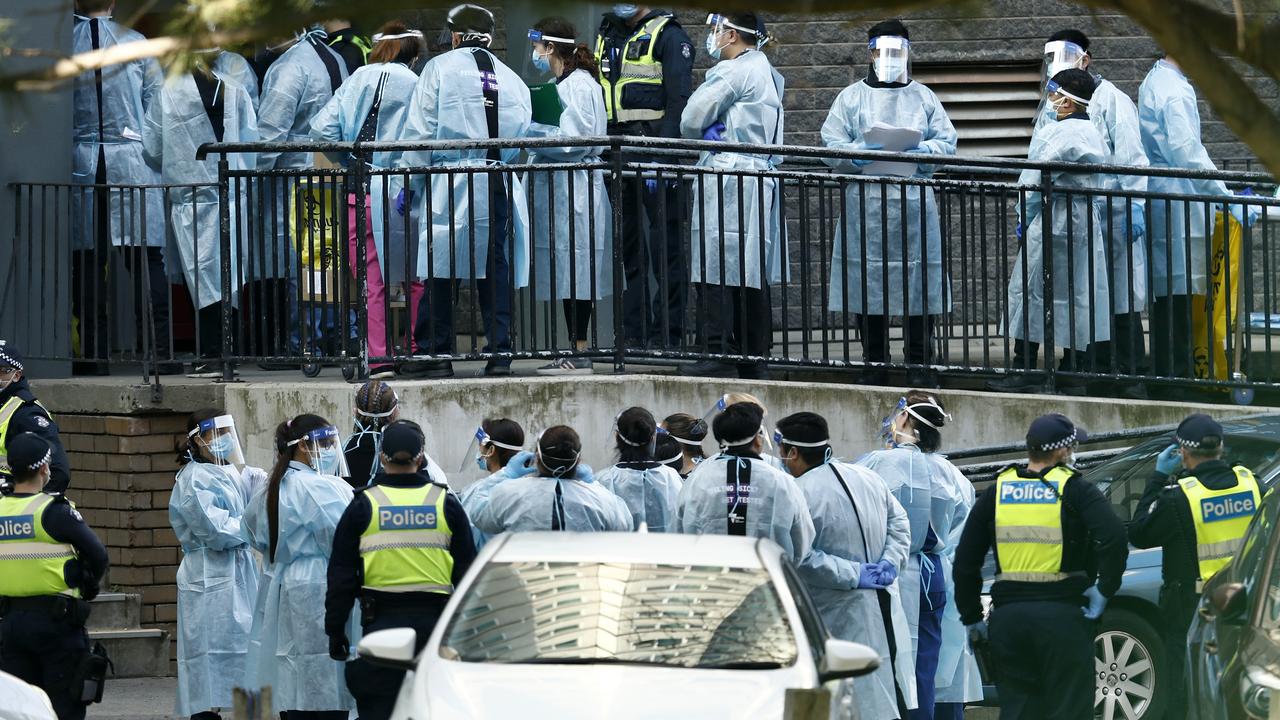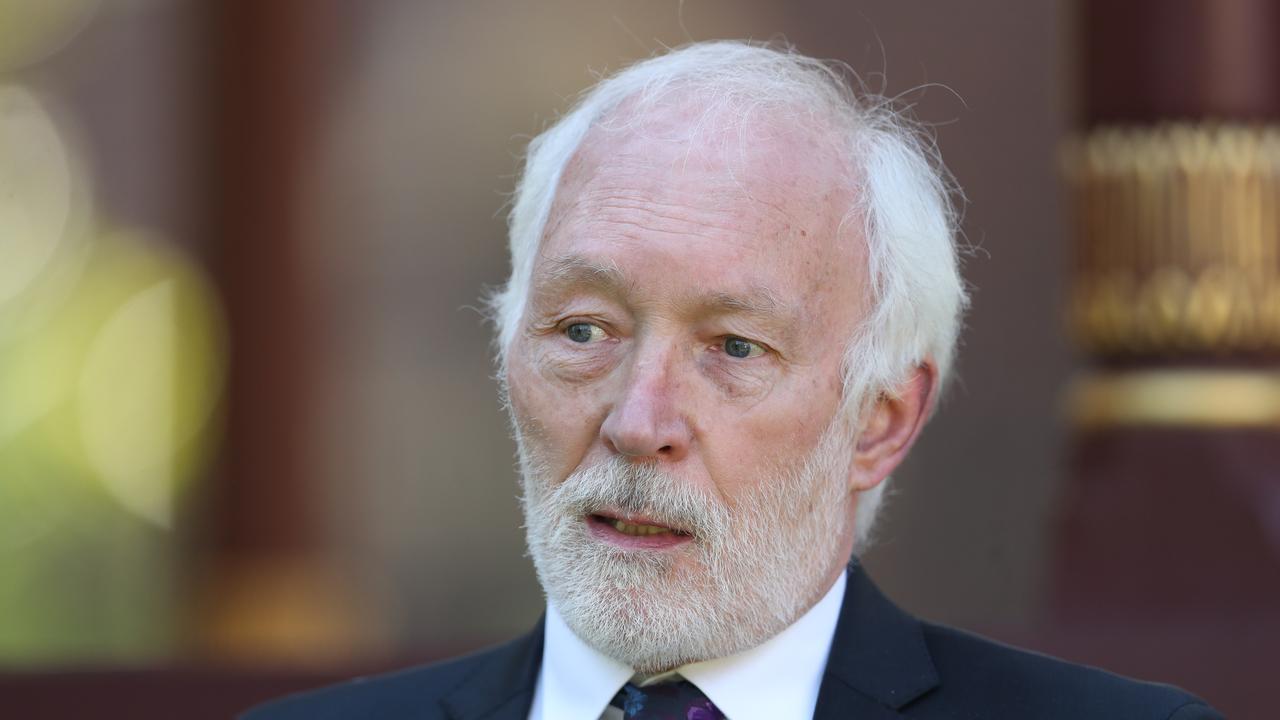Flying Doctor Service seeks action as healthcare divide exposed
Remote Australians see doctors at half the rate of the general population and medical specialists at one-third the rate.
Remote Australians see doctors at half the rate of the general population and medical specialists at one-third the rate — a situation which underscores the failure of the nation’s universal healthcare promise, the head of the Royal Flying Doctor Service says.
The service, which helped 82,000 patients in the past year, will release a report today from the Centre for International Economics which illustrates the rural-metropolitan health divide.
RFDS chief executive Martin Laverty said, despite “money being tight”, services provided by its medical teams and Aboriginal community controlled health centres needed to be expanded.
“We’ve known people in the bush die, on average, two years earlier. We know they have higher rates of cardiovascular disease, cancer and diabetes,” he said. “But when you see the evidence in this report that people see a doctor in remote areas at half the rate of people in the cities, you start to see the correlation with earlier death.
“Australia is the country with universal healthcare and we are not delivering on that promise.”
The report says the $300 million a year service spares patients having to make trips totalling of 13.7 million kilometres a year by holding rural health clinics and GP visits across almost six million square kilometres of remote Australia.
RFDS patients saw GPs or nurses at an average rate of 0.5 per 1000, compared to the Australia-wide rate of 1.2. “Either we have universal healthcare or we don’t. We’ve got the solution, we just need to expand access,” Mr Laverty said.
The RFDS is funded through a combination of federal government money, public donations and the private sector.
One-third of the service’s clients are indigenous.
“Aboriginality is associated with greater health needs, making it all the more important that health services are provided in remote areas,” the report says.
“In addition, among the drivers of healthcare needs impacting on rural and remote areas of Australia are demographic change — the ageing of ... populations leading to increased prevalence of chronic diseases and need for healthcare services.”
Mr Laverty said he would not comment on funding remote communities — Prime Minister Tony Abbott said Australians should not have to “subsidise lifestyle choices” — but said it was clear services were not being delivered as promised.
“Medicare is a system that works in the city but it doesn’t work in the country,” he said.
Health Minister Sussan Ley said she knew “first-hand” the work the RFDS did and the “vital access to quality care they provide”.


